Home>Renovation & DIY>Home Renovation Guides>Why Did Home Improvements In Agricultural Lead To The Growth Of Cities
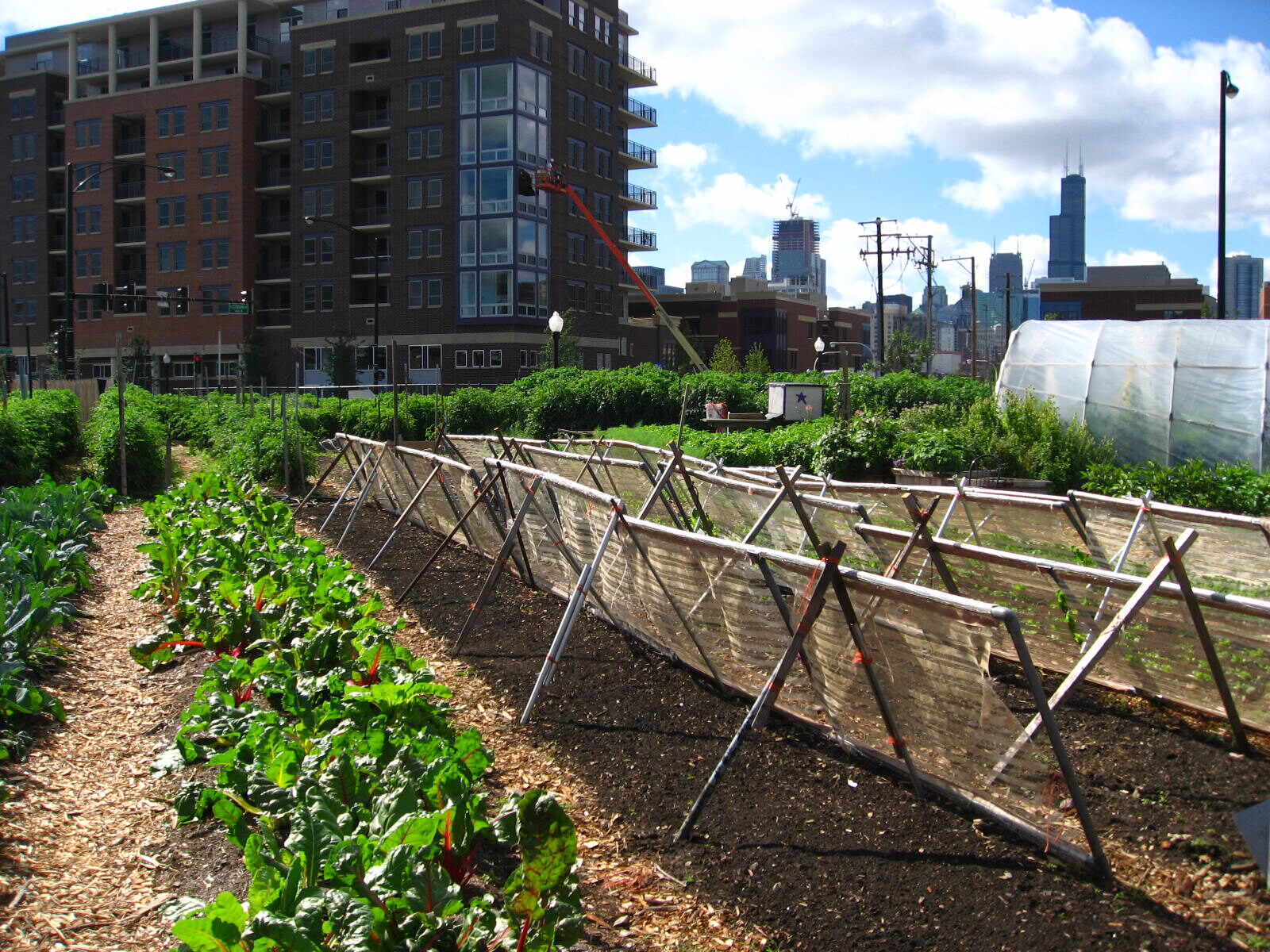

Home Renovation Guides
Why Did Home Improvements In Agricultural Lead To The Growth Of Cities
Modified: January 4, 2024
Discover how home improvements in agriculture fueled urban expansion and the growth of cities. Explore expert home renovation guides and tips.
(Many of the links in this article redirect to a specific reviewed product. Your purchase of these products through affiliate links helps to generate commission for Storables.com, at no extra cost. Learn more)
Introduction
Home improvements in agricultural settings have played a pivotal role in shaping the evolution of rural landscapes and the growth of cities. The transformation of agricultural practices, driven by the need for efficiency and sustainability, has not only enhanced productivity but has also led to significant societal changes. This article explores the profound impact of home improvements in agricultural areas and their contribution to the development of urban centers.
As we delve into the historical and contemporary implications of these advancements, it becomes evident that the relationship between agricultural innovation and urban growth is deeply interconnected. By understanding this dynamic interplay, we can gain valuable insights into the factors that have influenced the expansion of cities and the broader implications for economic and social development.
Key Takeaways:
- Agricultural home improvements have led to better farming methods, making crops grow more efficiently. This has encouraged people to move from rural areas to cities for new opportunities.
- The changes in farming have made cities more diverse and creative, with new jobs and businesses. But it’s important for cities to plan carefully for this growth to be sustainable and fair for everyone.
Read more: How To Get Home Improvement Leads
The Evolution of Agricultural Home Improvements
Over the centuries, agricultural home improvements have undergone a remarkable evolution, driven by the ingenuity and resourcefulness of farming communities. From the rudimentary shelters and basic infrastructure of early agrarian societies to the sophisticated and technologically advanced homesteads of today, the transformation has been nothing short of extraordinary.
Initially, agricultural home improvements primarily focused on creating shelter and storage facilities to support farming activities. Simple dwellings were constructed using locally available materials, reflecting the environmental and cultural contexts of the regions. As agricultural practices advanced, so did the need for more efficient and specialized infrastructure. The introduction of irrigation systems, barns, and granaries marked a significant shift towards optimizing agricultural productivity and sustainability.
With the advent of modern technologies, the landscape of agricultural home improvements has been revolutionized. Innovations such as automated irrigation systems, climate-controlled storage facilities, and energy-efficient housing have redefined the way farming communities operate. These advancements not only enhance the efficiency of agricultural practices but also contribute to environmental conservation and resource management.
Furthermore, the integration of smart technologies and sustainable design principles has ushered in a new era of agricultural home improvements. From solar-powered structures to precision agriculture tools, the focus has shifted towards creating interconnected and environmentally conscious farming environments. This evolution reflects a deep commitment to harnessing innovation to address the challenges of food security, climate change, and rural development.
Impact on Agricultural Productivity
The impact of home improvements in agricultural settings on productivity cannot be overstated. The integration of modern infrastructure, efficient housing, and advanced technologies has revolutionized the way farming is conducted, leading to significant enhancements in output and sustainability.
One of the key areas where agricultural home improvements have made a substantial impact is in the realm of irrigation and water management. The implementation of advanced irrigation systems, such as drip irrigation and precision watering techniques, has resulted in optimized water usage and improved crop yields. By ensuring that crops receive the right amount of water at the right time, these advancements have mitigated the risks of water scarcity and drought, thereby bolstering agricultural productivity.
Moreover, the introduction of climate-controlled storage facilities has had a profound effect on post-harvest management. These facilities provide ideal conditions for preserving crops, reducing spoilage, and extending the shelf life of agricultural produce. As a result, farmers can store their harvests for longer periods, thereby preventing wastage and ensuring a more consistent supply of agricultural products to the market. This not only benefits the farmers economically but also contributes to overall food security and stability in the supply chain.
Additionally, modern housing and infrastructure have had a direct impact on the well-being and efficiency of agricultural laborers. Access to comfortable and safe housing, equipped with amenities that support a healthy lifestyle, has improved the living conditions of farm workers. This, in turn, has led to higher levels of job satisfaction, reduced turnover, and increased productivity within the agricultural workforce. Furthermore, the integration of energy-efficient and sustainable housing solutions has minimized the environmental impact of agricultural operations, aligning with the principles of responsible and ethical farming practices.
Overall, the cumulative effect of these advancements in agricultural home improvements has resulted in a more resilient and productive agricultural sector. By leveraging technology and modern infrastructure, farmers are better equipped to meet the demands of a growing population while safeguarding the natural resources on which their livelihoods depend.
Home improvements in agriculture, such as the invention of new tools and techniques, led to increased productivity and surplus food. This surplus allowed people to move to cities, leading to their growth.
Migration to Cities
The evolution of agricultural home improvements has had a profound impact on migration patterns, leading to significant movements of people from rural areas to urban centers. This shift, often referred to as rural-urban migration, has been influenced by a combination of economic, social, and environmental factors, with the changing dynamics of agricultural practices playing a pivotal role.
As agricultural home improvements have enhanced productivity and efficiency, the demand for labor in rural areas has undergone transformation. Technological advancements and the mechanization of farming processes have led to a decreased need for manual labor in agricultural settings. Consequently, individuals and families who were traditionally engaged in farming activities have sought alternative opportunities for employment and livelihoods.
Moreover, the improved living conditions and access to modern amenities in urban areas have served as pull factors for rural residents. The allure of better educational and healthcare facilities, diverse employment opportunities, and a more vibrant social and cultural environment has incentivized many individuals to seek a new life in cities. This trend has contributed to the demographic shift from predominantly rural populations to increasingly urbanized societies.
Furthermore, the evolving nature of agricultural work has led to a reevaluation of career prospects and aspirations among rural communities. The younger generation, in particular, has been drawn to the allure of urban lifestyles, as they seek opportunities for professional growth, higher education, and exposure to a wider range of experiences. This demographic shift has had a cascading effect on the social fabric of rural communities, as the dynamics of family structures and community interactions undergo transformation.
It is important to note that while rural-urban migration presents opportunities for personal and professional advancement, it also poses challenges for both the migrants and the urban centers they relocate to. Issues such as housing affordability, infrastructure strain, and social integration require careful consideration and proactive planning to ensure sustainable urban development.
Overall, the migration to cities spurred by the evolution of agricultural home improvements underscores the interconnectedness of rural and urban landscapes. It reflects the complex interplay between economic development, societal aspirations, and the ever-changing dynamics of human settlement patterns.
Urbanization and Economic Growth
The migration of individuals from rural areas to cities, driven in part by the evolution of agricultural home improvements, has contributed to the phenomenon of urbanization and its concomitant impact on economic growth. As rural-urban migration reshapes the demographic composition of urban centers, it also influences the economic landscape, fostering new opportunities and challenges.
One of the key drivers of urban economic growth resulting from rural-urban migration is the infusion of diverse skills and talents into urban labor markets. The influx of individuals with varied educational backgrounds and professional expertise enriches the human capital of cities, fueling innovation and entrepreneurship. This, in turn, creates a fertile ground for economic dynamism and the emergence of diverse industries and service sectors.
Furthermore, the transition from agrarian-based livelihoods to urban employment opportunities has implications for the overall productivity and specialization of the workforce. As individuals adapt to new roles and professions, they contribute to the expansion and diversification of urban economies. The amalgamation of skills and experiences from rural and urban contexts fosters a synergistic environment that drives economic development and resilience.
Urbanization resulting from rural-urban migration also stimulates demand for goods and services, leading to the growth of consumer markets and commercial activities. The convergence of diverse consumer preferences and purchasing power in urban centers creates opportunities for businesses to thrive and innovate. This, in turn, generates employment, fosters competition, and stimulates economic activity, thereby contributing to the overall prosperity of urban areas.
Moreover, the evolving demographic composition of urban populations presents opportunities for social and cultural enrichment, fostering creativity and the exchange of ideas. The interplay of diverse perspectives and experiences in urban settings serves as a catalyst for cultural innovation, artistic expression, and the development of vibrant urban communities. This cultural dynamism not only enhances the quality of life in cities but also contributes to their attractiveness as hubs of creativity and expression.
While urbanization resulting from rural-urban migration brings forth opportunities for economic growth, it also necessitates strategic urban planning and governance to address infrastructure needs, social welfare, and environmental sustainability. By proactively managing the challenges and opportunities associated with urbanization, cities can harness the potential of diverse talent and energies, driving sustainable and inclusive economic development.
Conclusion
The evolution of agricultural home improvements has been a transformative force, shaping not only the rural landscape but also contributing to the growth and dynamism of urban centers. From the early innovations in agricultural infrastructure to the integration of modern technologies and sustainable practices, the impact of these advancements reverberates across societal, economic, and environmental realms.
As agricultural home improvements enhance productivity and sustainability, they have influenced migration patterns, leading to the movement of individuals from rural areas to cities. This rural-urban migration has, in turn, contributed to urbanization and economic growth, infusing urban centers with diverse skills, talents, and cultural dynamism.
It is essential to recognize the interconnectedness of rural and urban landscapes and the complex dynamics that underpin their evolution. The relationship between agricultural innovation and urban growth underscores the intricate interplay between human settlement patterns, economic development, and societal aspirations.
As we navigate the implications of agricultural home improvements on the growth of cities, it is imperative to adopt a holistic approach to sustainable development. Balancing the opportunities and challenges arising from rural-urban migration and urbanization requires proactive urban planning, investment in infrastructure, and the promotion of inclusive economic policies.
Furthermore, fostering a deeper understanding of the relationship between agricultural productivity, rural livelihoods, and urban dynamics is crucial for creating cohesive and resilient communities. By leveraging the potential of agricultural home improvements to drive sustainable urban development, we can cultivate environments that nurture innovation, inclusivity, and prosperity for all.
In conclusion, the evolution of agricultural home improvements has not only shaped the way we cultivate the land but has also left an indelible mark on the fabric of our societies. By embracing the opportunities presented by this evolution, we can chart a course towards sustainable and vibrant urban futures, where the legacy of agricultural ingenuity continues to enrich and inspire generations to come.
Frequently Asked Questions about Why Did Home Improvements In Agricultural Lead To The Growth Of Cities
Was this page helpful?
At Storables.com, we guarantee accurate and reliable information. Our content, validated by Expert Board Contributors, is crafted following stringent Editorial Policies. We're committed to providing you with well-researched, expert-backed insights for all your informational needs.
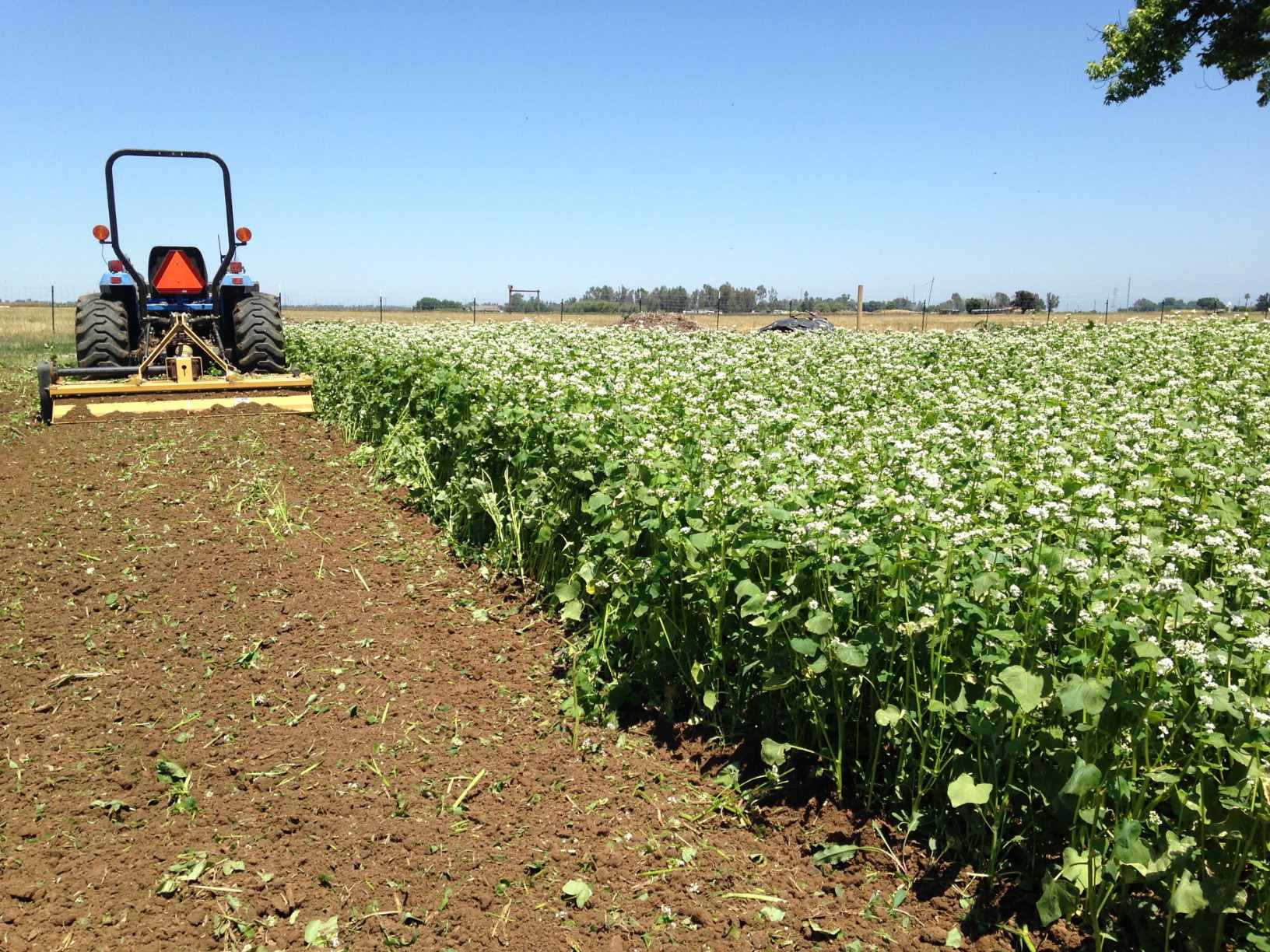

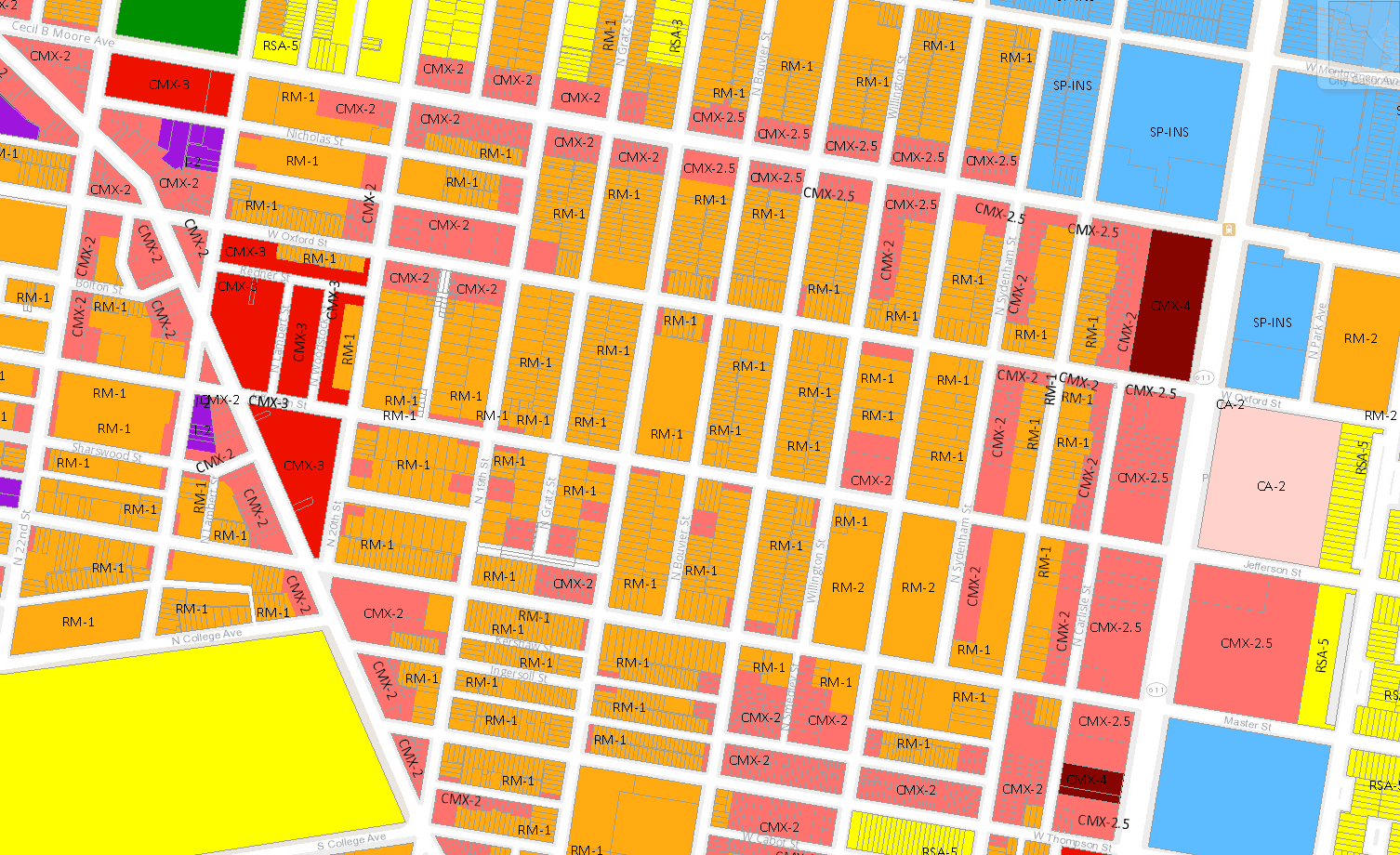
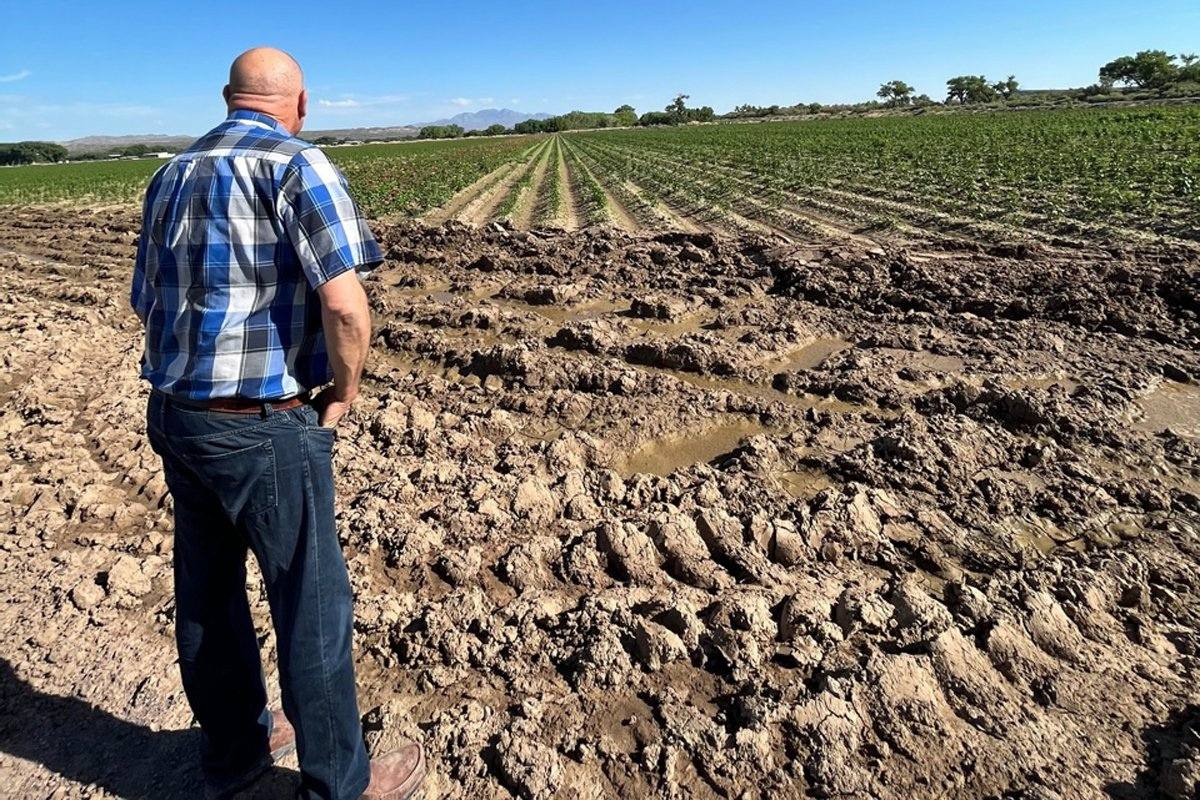








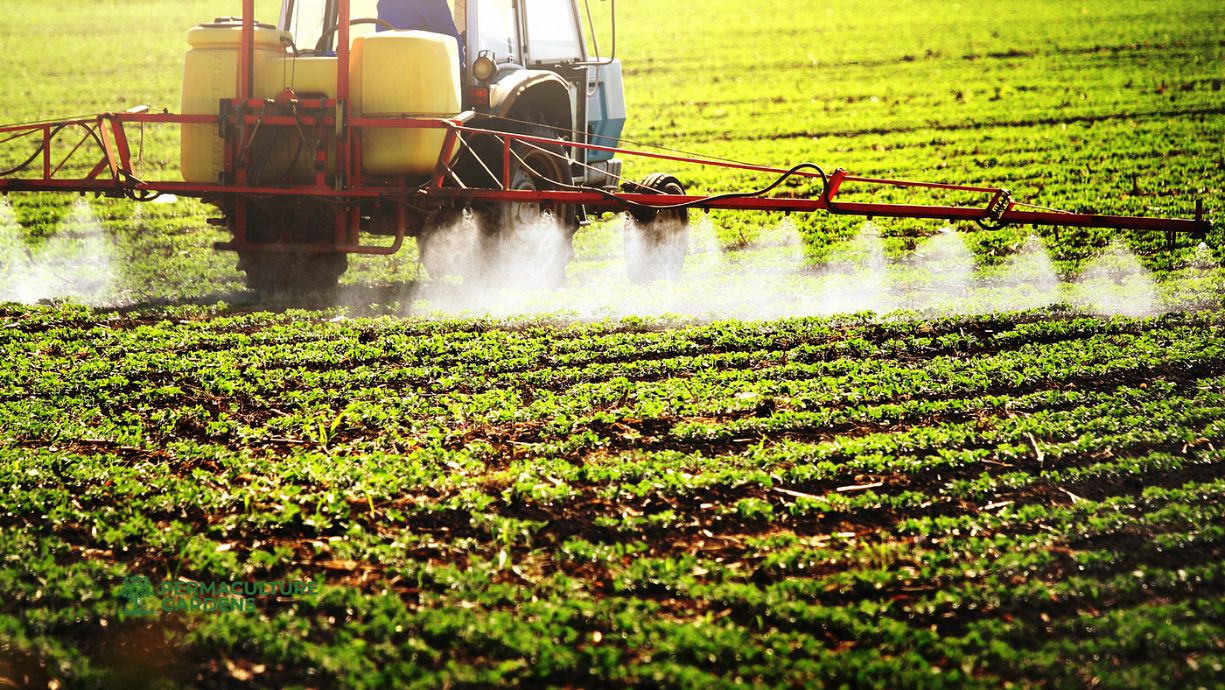


0 thoughts on “Why Did Home Improvements In Agricultural Lead To The Growth Of Cities”